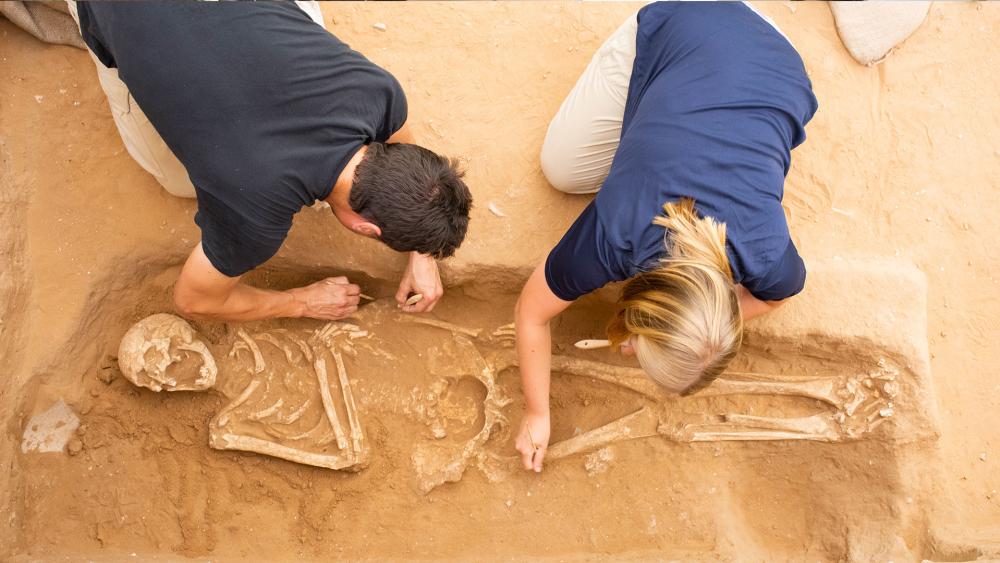DNA Tests Show European Descent of Ancient Philistines, Immigration to Middle East
JERUSALEM, Israel – Three years ago, archaeologists digging in Israel revealed they had excavated a Philistine cemetery for the first time ever. Now, a report on the bones they uncovered has confirmed the origins of the Philistines – one of the arch-enemies of the biblical Israelites.
“We’ve been able to demonstrate for the first time that the Philistines were immigrants to the region of Philistia,” said Daniel Master, director of the Leon Levy Expedition to Ashkelon.
State-of-the-art DNA testing on the ancient Philistine bones showed they had European ancestry and migrated across the Mediterranean more than 3,000 years ago.

“In the thirteenth and twelfth-century empires collapsed, much of civilization collapsed. When people woke up a hundred years later, the world was very different. One of the groups that people noticed a hundred years later were the Philistines,” Master said.
Master said the DNA tests confirmed what they already believed.
“From the early 20th century people noticed that the styles of pottery they were finding in the area called ‘Philistia’ by the writers of the Hebrew Bible were similar to pottery found in Greece just a hundred years earlier and people started to draw the connection that perhaps this pottery indicated some connection between these two groups of people,” he said.

Ashkelon was one of five large Philistine cities. The Philistines lived there for about 600 years.
“The Philistines appear in the Hebrew Bible as one of the great enemies of the Israelites but where did they come from? In the Bible there’s a mention that the Philistines came from Caphtor. This is a mention in Amos many centuries after we think the Philistines arrive. This place was probably related to Crete,” Master said.

The cemetery, discovered in 2013, is dated from the 11th to the 8th century BC.
“How do we tell the story of the people who can’t speak for themselves, that haven’t left behind written texts? We can look at the scraps and the garbage that they’ve left behind, we can look at what other people said about them during the time period but the DNA actually gave us the opportunity to let these people speak for themselves,” said archaeologist Adam Aja, Assistant Curator of Collections at Harvard Semitic Museum and one of the archaeologists at the Philistine cemetery.
Aja said the DNA showed that even though the Philistines kept their culture physically, genetically they eventually blended with the locals.

“But the discovery of the cemetery and the analysis of the bones definitively revealed that this population came from away and then slowly integrated into the local population. They became the local population and their genetic disposition was almost indistinguishable from the local population,” Aja said.
The Philistines disappeared during the 6th century BC when the biblical King Nebuchadnezzar conquered the region. He destroyed Ashkelon and other cities at the time shortly before the Judeans were exiled to Babylon as described in the Bible.




